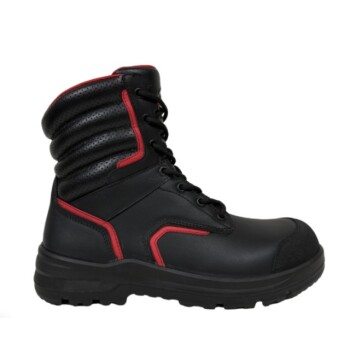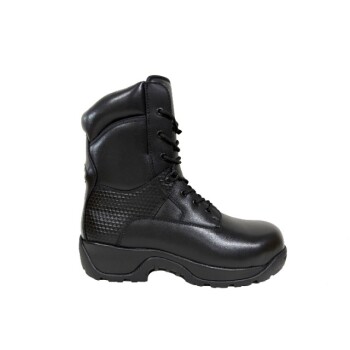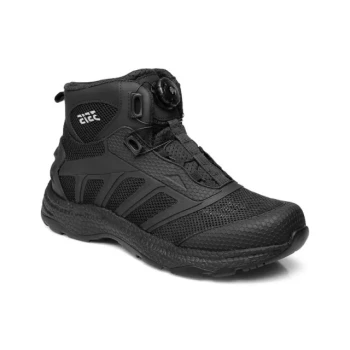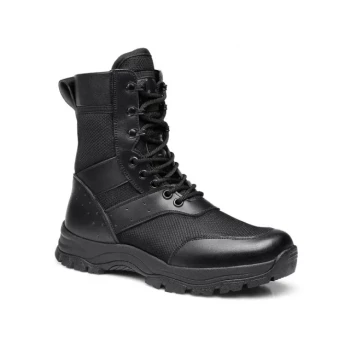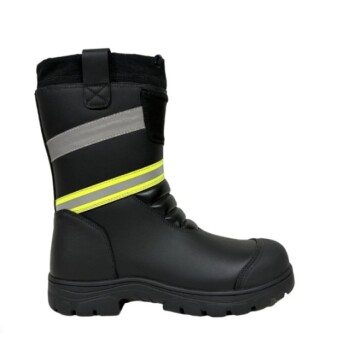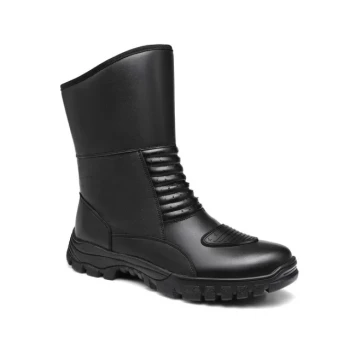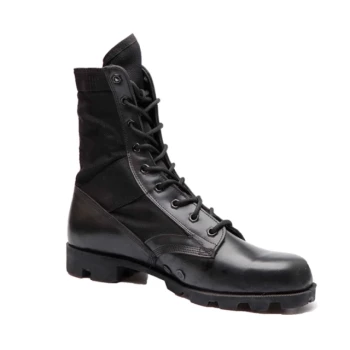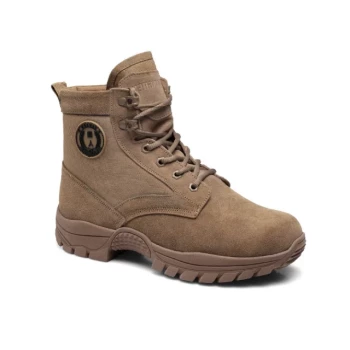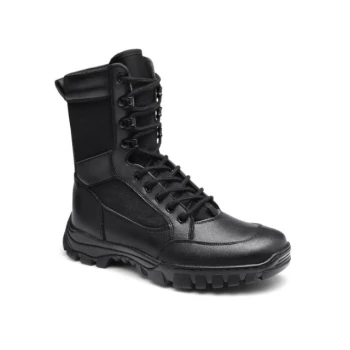The best police boot is the one that correctly matches your specific operational needs, foot shape, and environmental conditions. While brands like Magnum are popular for models such as the Viper 8” and Panther 8”, there is no single "best" boot for every officer, as the ideal choice depends entirely on individual factors like comfort, required safety features, and daily tasks.
The core principle is not to find the one universally "best" boot, but to understand the critical trade-offs between protection, mobility, and comfort. Your goal is to select the boot that provides the right balance of these elements for your specific role.
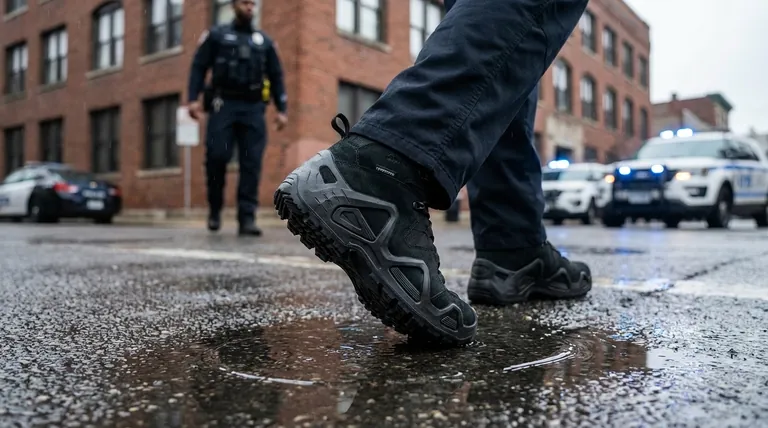
Breaking Down the Essential Features
A police boot is a critical piece of equipment designed for high-demand environments. Understanding its core components is the first step in making an informed decision.
Comfort for Long Shifts
Comfort is non-negotiable for anyone spending 10-12 hours on their feet. Key features include cushioned insoles, shock absorption, and proper arch support to reduce fatigue and prevent long-term foot problems. A boot that isn't comfortable for your entire shift is the wrong boot.
Durability for Harsh Conditions
Police boots are built to withstand abuse. High-quality materials, such as rugged leather and durable synthetic fabrics, ensure the boot can handle various terrains and weather conditions without failing. This durability is fundamental to the boot's long-term value and reliability.
Support for High-Intensity Situations
Your duties can shift from routine patrol to a critical incident in seconds. The boot must provide excellent ankle stability and heel support to prevent injuries during sudden movements or on uneven ground. The structure of the boot is just as important as the materials it's made from.
Breathability to Maintain Foot Health
A boot that traps moisture can lead to blisters, discomfort, and fungal infections. Look for features like quick-dry linings and breathable materials that allow air to circulate, keeping your feet dry and healthy even during long, demanding shifts.
Key Factors in Your Decision
Choosing the right boot involves weighing several critical factors against your personal and professional requirements.
Boot Height: Protection vs. Flexibility
An 8-inch boot provides maximum ankle support and protection for your lower leg, which is ideal for patrol or tactical situations. In contrast, a 5 or 6-inch mid-height boot offers greater flexibility and is often preferred by officers who need more mobility.
Essential Safety Features
Your specific role dictates which safety features are most important. Slip-resistant soles are crucial for maintaining traction on wet or slick surfaces, while reinforced or steel toe caps offer protection from impact and compression hazards.
Waterproofing: A Critical Consideration
Whether you need a fully waterproof boot depends on your climate. A waterproof membrane keeps your feet dry in rain and snow but can sometimes reduce breathability. A water-resistant boot may be a better compromise in hotter, drier climates.
Ease of Use: Zippers and Laces
In emergency services, time matters. Many boots feature a side-zip design, allowing you to put them on and take them off quickly without having to tie and untie the laces every time. This combines the secure fit of laces with the convenience of a zipper.
The Impact of Weight
Modern police boots are surprisingly lightweight, often weighing less than 25 ounces per boot. This is achieved through the use of advanced synthetic materials. A lighter boot reduces fatigue over a long shift, allowing you to stay more agile and focused.
Making the Right Choice for Your Goal
Your boot should be a tool that helps you perform your job safely and effectively. Use your primary needs to guide your final decision.
- If your primary focus is maximum support and protection on patrol: Choose an 8-inch boot with excellent ankle stability and slip-resistant soles.
- If your primary focus is flexibility for varied duties: A 5-6 inch mid-height boot offers a better range of motion while still providing adequate support.
- If your primary focus is all-weather performance: Prioritize a boot with a reliable waterproof membrane to keep your feet dry in any condition.
- If your primary focus is rapid response and convenience: A side-zip model will provide a secure fit with the ability for quick donning and doffing.
Ultimately, the right boot enhances your performance by providing comfort, protection, and confidence with every step you take.
Summary Table:
| Key Decision Factor | Key Consideration |
|---|---|
| Boot Height | 8-inch for maximum support; 5-6 inch for flexibility |
| Safety Features | Slip-resistant soles; reinforced/steel toe caps |
| Waterproofing | Fully waterproof for wet climates; water-resistant for drier areas |
| Ease of Use | Side-zip for quick donning/doffing |
| Weight | Lightweight (<25 oz/boot) reduces fatigue |
Ready to Equip Your Force with Superior Footwear?
As a large-scale manufacturer, 3515 produces a comprehensive range of durable, high-performance police boots tailored for distributors, brand owners, and bulk clients. Our production capabilities encompass all types of tactical and duty footwear designed to meet the rigorous demands of law enforcement.
We provide the right balance of protection, mobility, and comfort your customers need.
Contact 3515 today to discuss your specific requirements and receive a customized solution.
Visual Guide
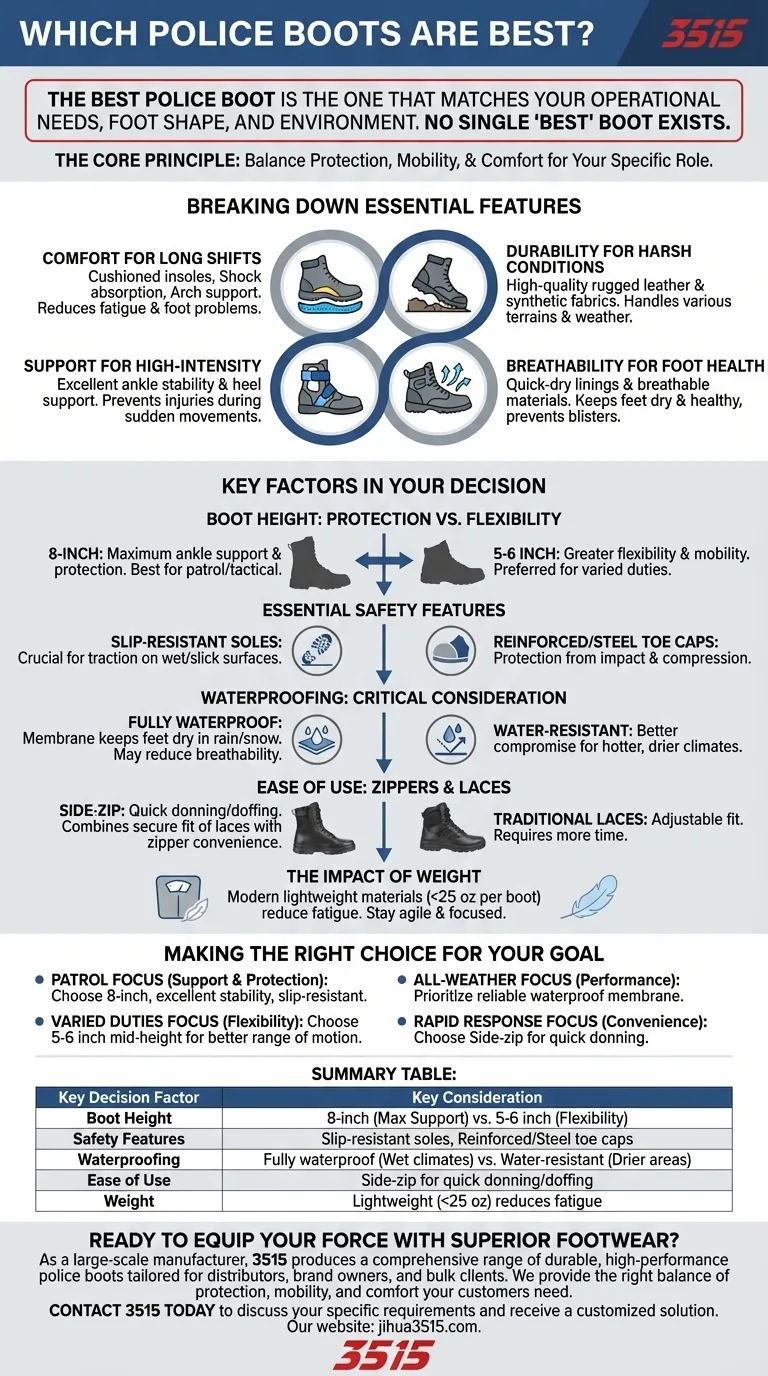
Related Products
- Wholesale Durable Mid-Cut Tactical Boots for Custom & Private Label Brands
- Wholesale Waterproof Tactical Boots Custom Suede & High-Traction Soles
- Premium Wholesale Waterproof Safety Boots High Performance Protection for Industrial Markets
- Premium Grain Leather Safety Boots for Bulk Supply
- Wholesale Lightweight Tactical Boots with Dial Closure OEM & Bulk Orders
People Also Ask
- What are the general characteristics of tactical boots? Lightweight, Agile Footwear for Professionals
- How do military camouflage boots protect against adverse weather? Ensuring Dry, Warm Feet in Any Condition
- What are the different types of tactical boots available? Find the Right Boot for Your Mission
- What are tactical operations and what do they encompass? Master the Principles for Mission Success
- What makes Men's Military Tactical Work Boots suitable for tough working conditions? Unbeatable Durability & Protection


